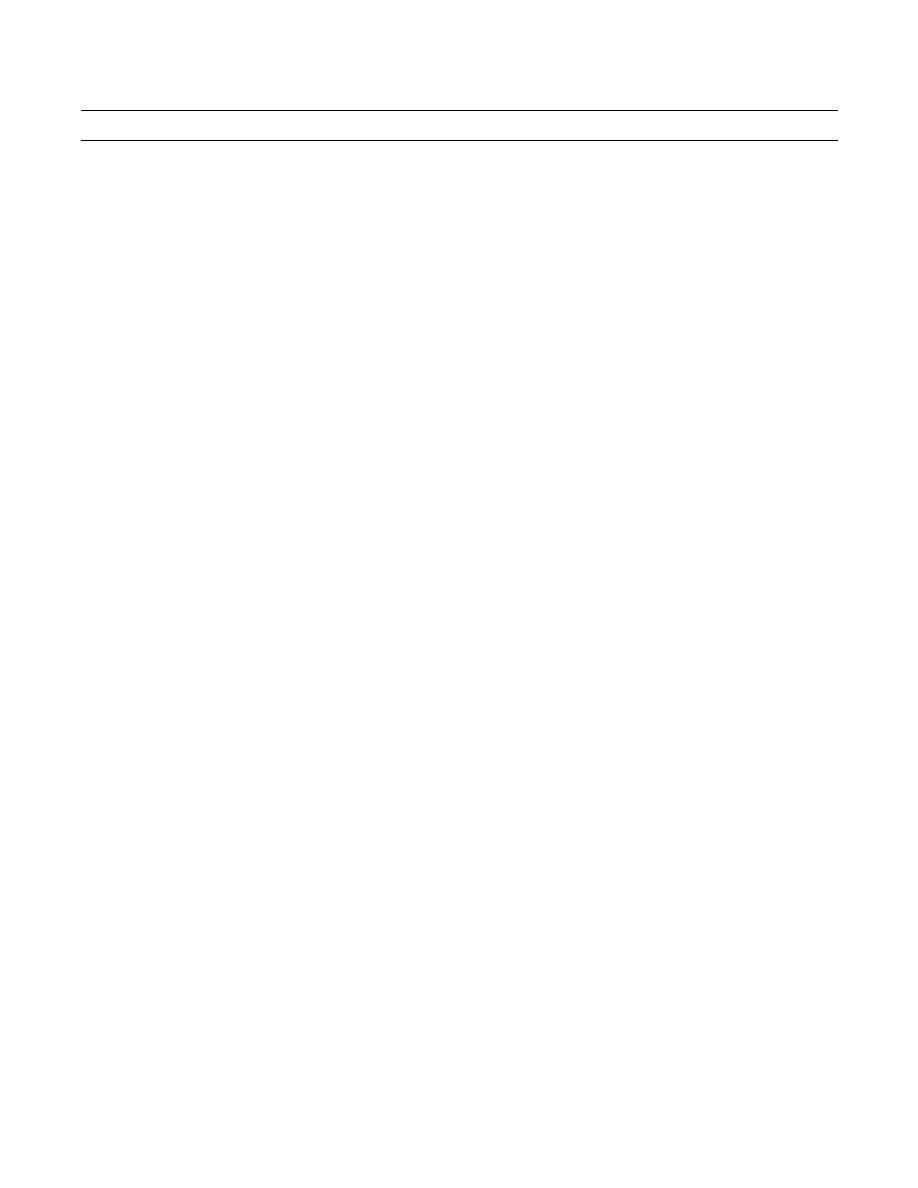 |
|||
|
|
|||
|
|
|||
| ||||||||||
|
|
 TM 9-2320-303-24-2
FORWARD-REAR AXLE DIFFERENTIAL CARRIER REPAIR - CONTINUED
0257 00
DIFFERENTIAL CARRIER ASSEMBLY
NOTE
For new pinion bearings, the rotating torque must be within 5-25 lb-in. For reused pinion bearings, the rotat-
ing torque must be within 5-15 lb-in.
(10)
If the rotating torque is not within these values, use a thinner spacer (93) to increase, or a thicker spacer to
decrease the preload torque. The correct pressure and nut (100) torque for checking pinion bearing preload
are as follows:
Required Pressure
Required Nut
To Obtain Correct
Torque To Obtain
Pinion Shaft
Preload
Correct Preload
Thread Size
l-3/4x 12
900-1200 lb-ft
11-14 tons
(1220-1627 Nm)
(10-12.7 metric tons)
(11)
Insert pinion cage to carrier capscrews (101) and washers (102) in their respective holes in the bearing
cage (95).
NOTE
If the helical driven gear must be replaced with a new gear, replace both the drive and driven gears as a set.
(12)
Press the drive pinion helical gear (98) against the forward bearing (97) and install washer (99) and pinion
shaft nut (100).
(13)
Using a suitable holder on gear (98), tighten the pinion shaft nut (100) to the required torque.
(14)
Recheck pinion bearing preload torque. If rotating torque is not within specified values, repeat the forego-
ing procedure.
(15)
If the original gears are reused, install the original shim pack. If gears have been replaced, alter the original
shim pack as follows: Note the variation from the nominal assembly dimension on both the old and new
pinion. (The nominal dimension is stamped and the variation is etched on the nose of the pinion.) Increase
or reduce the shim (94) pack in accordance with the change in the variation from the old to the new pinion.
After changing the sign of the old variation plus-to-minus or minus-to-plus add to the new variation
(sign unchanged).
(16)
Position the pinion shaft and cage assembly in the carrier (59) and tap into place with a soft mallet. Make
certain that capscrews (101) are aligned with respective holes in carrier, and that bearing cage (95) is not
cocked in its bore.
(17)
Start turning in pinion cage capscrews (101) approximately three turns each and alternating with other cap-
screws. This will avoid cocking the bearing cage (95) in the carrier while the capscrews push the cage into
position. When the cage is seated in the carrier loosen the capscrews and then retighten to torque of 80-105
lb-ft (108-142 Nm).
0257 00-24
|
|
Privacy Statement - Press Release - Copyright Information. - Contact Us |